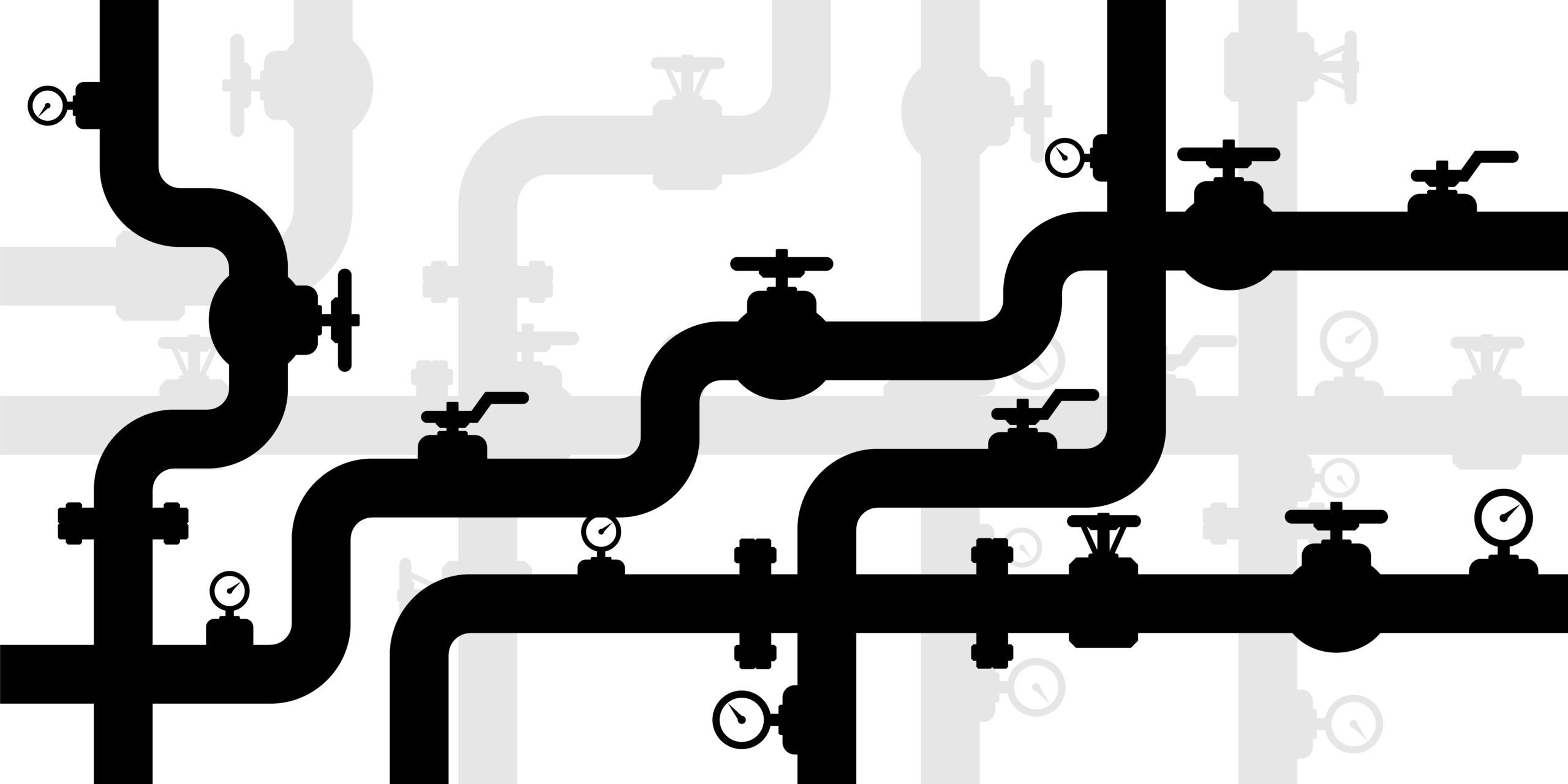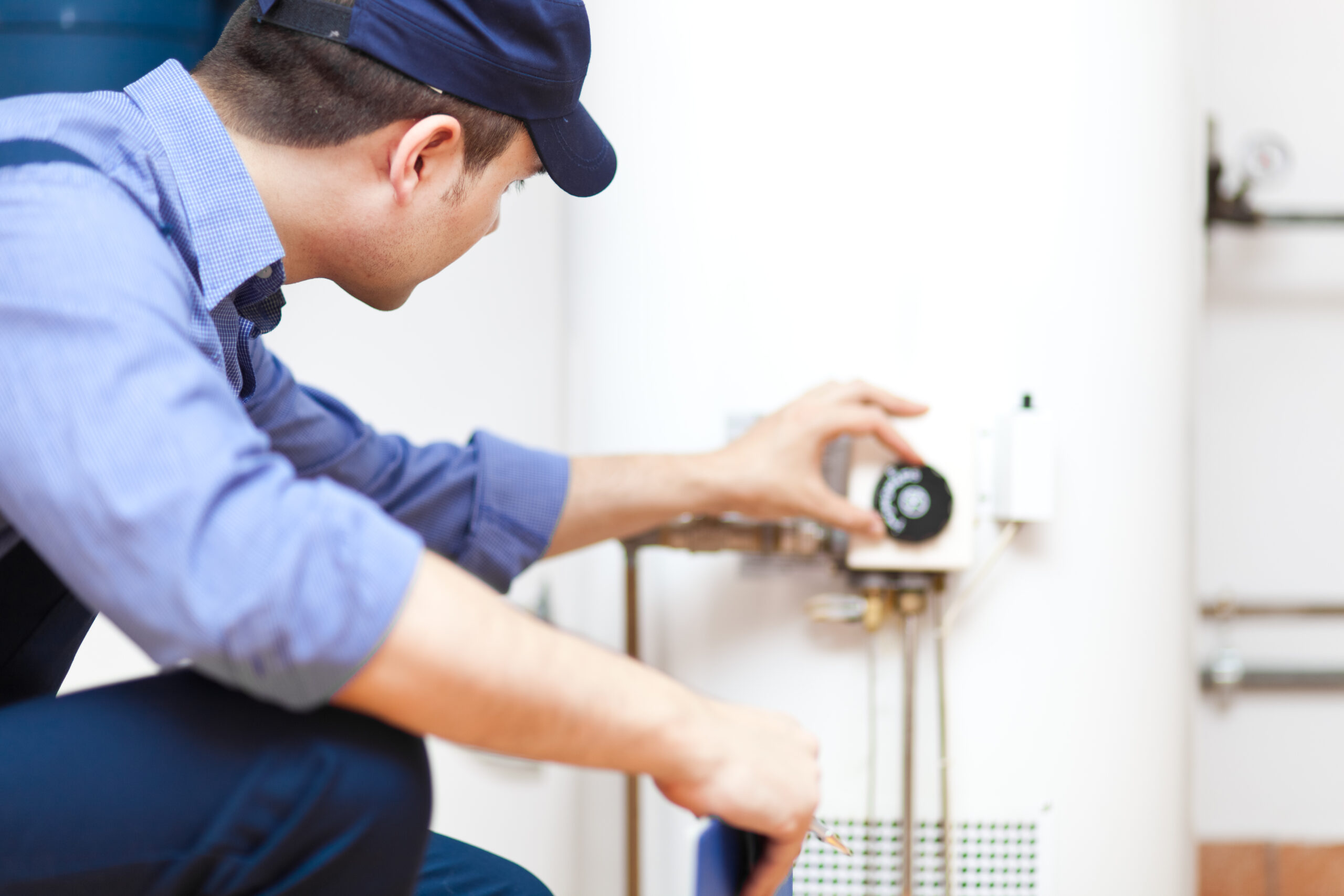Are you team Chiefs or 49ers? No matter who you are cheering for IT…

Water softeners are electrical appliances that remove minerals from hard water. Without a water softener, a homeowner will have challenges with scum in the bathroom and kitchen, damaged appliances, and dry hair and skin. The United States Geological Survey estimates that 85% of Americans rely on hard water. This means that to avoid prematurely replacing water heaters and other appliances, a water softener comes in handy.
What Does Water Softener Do?
A water softener removes calcium and magnesium from water. These are the two minerals that make water hard. The water softener removes them through a process known as ion exchange.
If not removed, calcium and magnesium lead to the build-up of scale, which clogs pipes and reduces water pressure. When this scale builds up in appliances at home, it cuts short their lifespan significantly. Hard water is more damaging when used in hot water appliances. The heat from these appliances causes the minerals to solidify, creating solid deposits in hot water appliances.
When affected, the heater can produce a popping sound as the calcium or magnesium deposit attaches to the surface of the heating element. As the tanks heat and expand, the calcified rocks crack to produce that popping sound.
A water softener removes these minerals from the water. By so doing, your water will lather faster with soap, and your appliances will have a longer lifespan. The water will also clean you better without drying your hair or your skin.
How Does a Water Softener Remove Minerals From Water?
A water softener uses a process known as ion exchange to remove water. The water that enters the tank flows through resin beads. The beads, which are mostly polystyrene, carry a sodium ion charge. These beads have a negative charge, while the calcium and magnesium minerals have a positive charge.
Because opposite charges attract, the negative charge of the resin beads attracts the positive charge of the calcium and magnesium minerals. The beads will, therefore, hold the calcium and magnesium minerals and remove them from the water.
When the beads hold the calcium and magnesium ions, they release sodium ions. The resulting water is free of calcium and magnesium, and it flows to your home. However, the water that flows to your home has sodium ions, which do not cause hardness.
What Is Inside a Water Softener?
A water softener has three main parts:
• A mineral tank with resin beads
• A control valve with a meter
• A brine tank with concentrated salt solution
The Mineral Tank
This is a water softening chamber that contains resin beads. These beads hold the calcium and magnesium ions to soften water. From the tank, water flows through pipes to different parts of your home.
The Control Valve
The valve has a meter that measures the volume of the water that gets into the mineral tank. Valves regulate the amount of water that gets into the tank for maximum water softener efficiency. Over time, the ion exchange process reduces the capacity of the resin beads to hold more calcium and magnesium ions.
Before the process completely diminishes the resin beads’ capacity to function, the control valve triggers the regeneration cycle. This cycle washes off the hardness with concentrated salt water to recharge the beads.
You need to program the maximum capacity of the water softener so that the control valve works automatically. The pre-programmed max capacity of the water softener is dependent on factors such as the number of occupants in your home, hardness of the water, and water usage per day.
Control valves work based on the demand for water in your house. With a control valve, the water softener is very efficient. If you do not understand how to program the water softener, allow IT Landes Home Service Team to program it for you during plumbing and installation of the water softener.
The Brine Tank
The brine tank is a smaller tank next to the mineral tank. This tank contains a concentrated salt or potassium solution. The solution is responsible for restoring the resin beads’ positive charge. You have to add the salt manually to the tank.
There is water at the bottom of this tank where the salt dissolves. If the control valve detects that the resin beads’ capacity to soften water is low, the water softener draws the brine solution and passes it over the beds.
If you do not manually add the salt and the capacity of the beads to soften is low, the water that comes out of the tank will still be hard.
How Does the Regeneration Process Work?
The regeneration process recharges the resin beads. It occurs when the brine solution washes over the resin beads. During the regeneration process, an ion exchange process occurs, but this time, the resin beads lose the positively-charged calcium and magnesium ions and gain the negatively-charged sodium ions.
As the salt solution washes over the beads, a continuous ion exchange and ion re-exchange occur. When the water exits the tanks, the strength of the solution will be very low. This is the co-current regeneration cycle, and it requires more salt and more water to recharge the resin beads. Here, the beads with the highest charge are at the top of the tank.
The opposite of co-current regeneration is counter-current regeneration. In a counter-current regeneration cycle, the brine solution gets to the mineral tank from the bottom. The salt solution moves up the tank and recharges the resin beads whose capacity is less depleted. The beads at the top have the least capacity, but this regeneration cycle recharges them last.
This cycle is more efficient and uses up to 65% less water and up to 75% less salt. The process also distributes the sodium ions better than the co-current system.
Because the most charged resin beads are at the bottom of the tank, the system is more efficient. Before the water exits the tank, these highly charged beads remove the hardness.
Are There Salt-Free Water Softeners?
Although you will hear of salt-free water softeners, these do not soften water. Instead, these are water conditioners that break the minerals chemically into small particles. Once broken, the minerals can pass through the pipes and into the drains with ease. The minerals are still in the water, but they do not result in scum, scale build-up, and blockage of pipes.
Other salt-free systems are electronic water softeners. These are in the form of two rods, one positive and another positive, in the main water pipe. The rods use strong electromagnetic waves to attract the minerals. The waves then break the minerals into strong particles that can pass through the pipes without causing any damage.
Another salt-free system is a magnetic water softener. This system inserts magnetic fields in the main water pipe. As the water passes through the pipe, the magnets attract the minerals. The strength of the magnetic field varies based on your household water usage and the hardness of your water. Once attracted, the system makes the minerals insoluble in water, and the resulting water flows into your pipes.
Call us Today!
The salt-based water softener is the only efficient water softener, and we can install and program it from you at IT Landes Home Service Team in Harleysville, PA. We service both homes and businesses. In homes, we offer installation, repair, and maintenance of heating and cooling systems, plumbing, and purification systems, and we also deliver fuel oil. For businesses, we offer HVAC system services, plumbing, duct cleaning, water conditioning, chillers, geothermal, and refrigeration. We also offer energy management and engineering services. Call IT Landes Home Service Team today for a free quote.



